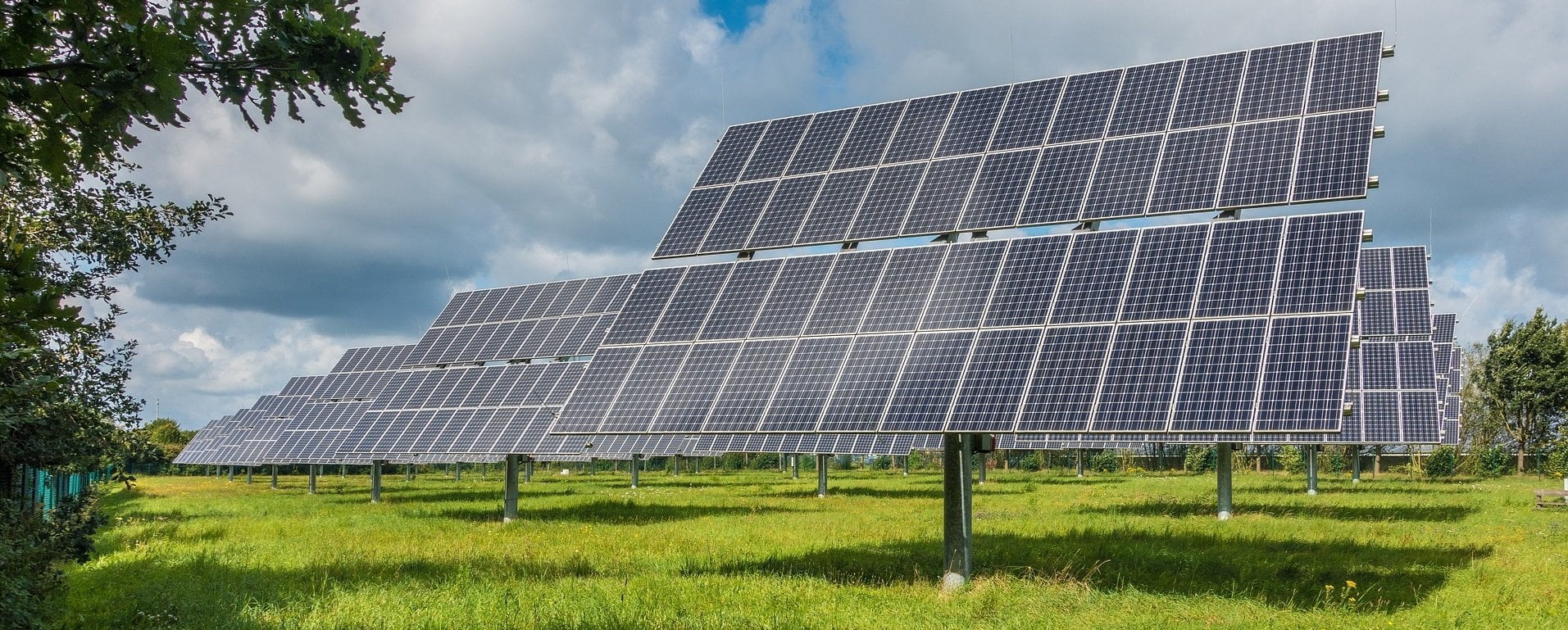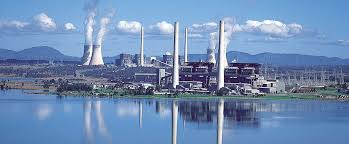Q2 2019 Electricity Prices: Wholesale electricity and gas prices are up 8 percent over the same quarter last year despite a large increase in solar and wind generation across Australia.
In its Q2 report, the Australian Energy Market Operator said that wholesale Q2 2019 Electricity Prices were influenced by a reduction in brown coal – 573 megawatts (MW) less than in Q2 2018 due to increased planned and unplanned outages – as well as hydro generation, and higher gas prices.
Operational demand down
The NEM’s average operational demand was 362 MW lower than in Q2 2018, with demand reductions across all regions. Factors included increased rooftop PV conditions and mild weather in Sydney and Melbourne.
South Australia set a new Q2 minimum demand record at 1330 hrs on 27 April 2019, when operational demand dropped to 749 MW. At this time, rooftop PV contributed approximately 600 MW of output.
South Australia also surpassed its Q2 maximum demand record of 1830 hrs on 24 June 2019, when operational demand reached 2,564 MW.
Q2 2019 electricity prices rose despite renewables boom
NEM emissions for the quarter fell to the lowest on record, driven by low brown coal-fired generation, increased variable renewable energy (VRE) output, and lower NEM demand.
Between Q2 2018 and Q2 2019, average large-scale wind and solar generation increased 47%, making up 10% of the supply mix compared to 7% in Q2 2018.
Over the quarter, new projects representing almost 1,500 MW of capacity (including 1,020 MW wind and 427 MW solar) came online, with almost 50% of new capacity located in Queensland.
Queensland also opened the Mt Emerald Wind Farm (a $400 million project situated about 50 kilometres from Cairns, Queensland) last week.
According to the report by ARENA, by the end of 2018, there were 600 gigawatts (GW) of wind energy installed globally, meeting over 5% of the world’s electricity demand.
AEMO projected that wind generation in Australia’s National Electricity Market (NEM) could double from 15GW in 2018-19 to 30GW in 2025-26.
The $400 million project involving 53 massive turbines was part of the renewable energy boom happening in Queensland. The state already has more than 2,400 megawatts of large‑scale renewable energy capacity.
Almost 900 megawatts more of large-scale renewable capacity is currently financially committed or under construction.
The Mt Emerald Wind Farm will supply 500 million kilowatt-hours of renewable electricity every year, which is enough to power 80,000 homes a year,
Gas Generation
Q2 2019 East Coast gas production increased compared to Q2 2018 (+5%) and Q1 2019 (+5%), resulting in record-high East Coast gas production over the 2018-19 financial year.
Meanwhile, the quarterly average gas price of $10.48/gigajoules (GJ) in Adelaide’s Short-term Trading Market (STTM) for 2019 represents the highest on record for that market.
Liddell to stay open till 2023 as Yallourn suffers outage
The Energy market has been buoyed by AGL’s decision to keep most of its Liddell coal plant open beyond 2022, leading to softer futures prices in New South Wales.
Victoria, still reeling from the Hazelwood closure, has been hard hit after a breakdown at the Yallourn power plant, leading to a sharp increase in futures prices.
The coal-fired Liddell plant was due to be mothballed in 2022 and would have taken 1,680 megawatts out of the grid. AGL was planning to turn the plant site into a renewable energy hub, but it has agreed to keep it open for an extra year to ensure grid reliability.
AGL said the half-a-century-old Liddell power plant will be kept open until 2023 to meet energy demand over the summer months. The move will also likely lead to kinder wholesale futures prices in the region.
The breakdown at the plant pushed futures prices north in Victoria. The Yallourn coal-fired power plant is due to start shutting down in 2029, progressively switching off its four units one by one until its full closure in 2032.
Energy Australia has warned household electricity prices could be pushed to record highs if the shutdown is poorly planned, creating energy capacity shortfalls.
But it has also conceded that substantial changes to the energy market could lead it to close its Latrobe Valley power plant even earlier.
Continued dry spells, low hydro output puts pressure on prices
The Bureau of Meteorology updated its three-month rainfall outlook which marginally improved the possibility of rainfall in the Snowy Hydro catchment region.
The change was marginal and isn’t anticipated to soften futures prices in the market.
Water levels are currently at 25 % at Lake Eucumbene and are up slightly from 24 percent the previous month and are on an upward trend, even though water levels are still at historical lows.
This is concerning as Snowy’s output has been restricted, showing an output of 155 GWh. The amount is less than half of what it produces when the lakes are at a good capacity.
Hopefully, storage levels at Eucumbene will increase markedly in the second half of the year following winter rains and the melting of snow cover in early spring.
Lake Tatangara and Lake Jindabyne, which are much smaller, are at 21 and 67 percent capacity respectively.
August – September outlook
Milder than average temperatures are resulting in reduced demand for heating.
Queensland black-coal generators are expected to maintain strong output and exports of electricity to southern regions over the coming months, offsetting the effect of the coal-fired generator outages in NSW and Victoria.
Multiple coal-fired units in New South Wales and Victoria have experienced unplanned and extended outages and the performance of the remaining units will be important in determining price outcomes during August.
Further forced outages and unit trips would result in higher average prices, though extreme price events are not expected due to the availability of gas and hydropeaking plants.
AEMO calls for demand response expressions of interest
AEMO is seeking expressions of interest for RERT Panel members in eastern and southern Australia who may be able to provide reserve energy on short and medium notice as part of a RERT panel.
The Reliability and Emergency Reserve Trader is a function available to AEMO to maintain power system reliability and system security using reserve contracts. It is termed ‘off-market’ as the generation or demand response sits outside the wholesale electricity market.
Through the RERT, participants may be contracted by AEMO to either use less energy or generate power from their own generators. Aggregators may also be contracted to procure demand response from electricity users.
Want to find out the best time to tender for energy contracts?
We hope you enjoyed this Q2 Energy Market Wrap. Knowing when to go to the market to purchase energy for your business at future prices is a great way to establish exactly how much you will be paying and for how long.
Speak to one of our experts today.


















